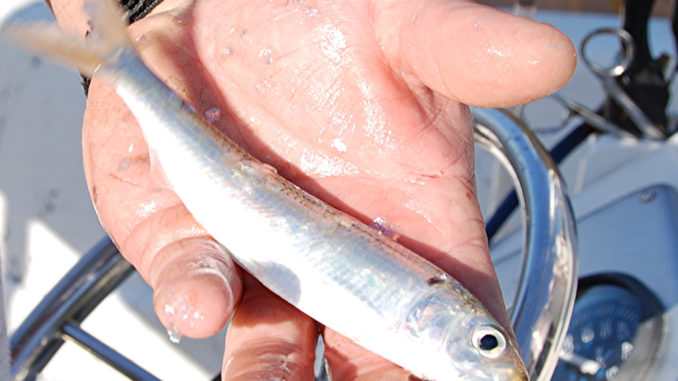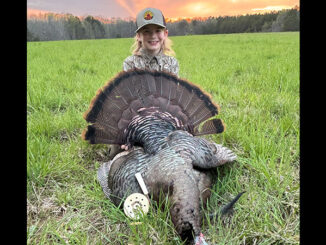
During the glory days of the 1960s, ’70s and ’80s, Kerr Reservoir anglers knew spots that were the lake’s major bass magnets.
Each spring, these included flooded shoreline gum points and flooded willows in the backs of coves and stump flats. In the summer, there were main-lake points, channel edges, humps and flooded roadbeds, bridges and railroad tracks. Flooded shorelines also were good during October and November.
But that was then, and this is now.
Today’s lunker thumpers have a new target to probe, but it definitely doesn’t fit any angler’s traditional idea of “structure.”
“The herring have become another ‘structure’ in summer,” said guide Tim Wilson of Buffalo Junction, Va.
Herring move out into the main lake after spawning along the shoreline in June — and bass follow them.
“There’s nothing else to hold bass close to shore,” Wilson said. “(Anglers) need to think of herring as another type of structure (in summer).”
Although herring don’t school in large clouds similar to shad, Wilson said anglers can detect them.
“They show up as dots (on depthfinder screens),” he said. “I think it’s because of their length, and the way they’re more spread out (than shad).
“It’s not easy to find them. In fact, it’s like looking for a needle in a haystack. But if you can find herring in Nutbush, which is where they mainly congregate, you can catch bass in June.”
Swim baits or jerk baits will catch bass oriented on herring concentrations.




